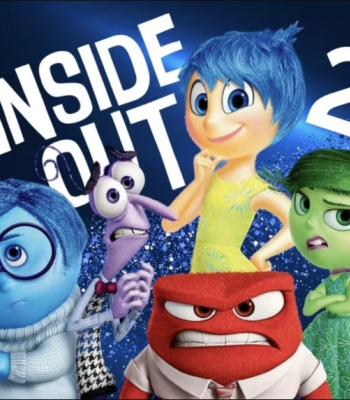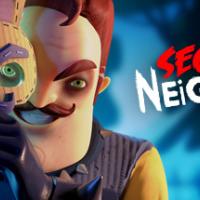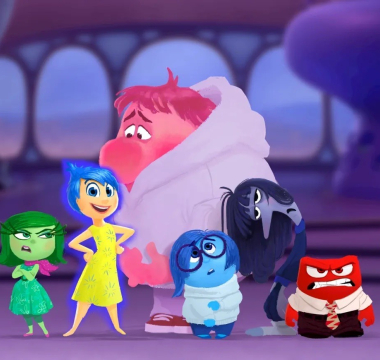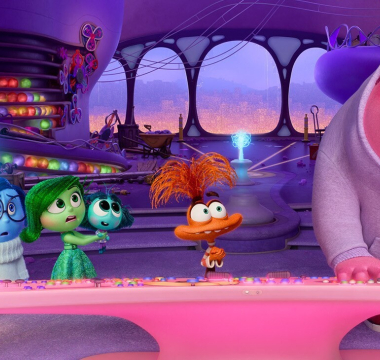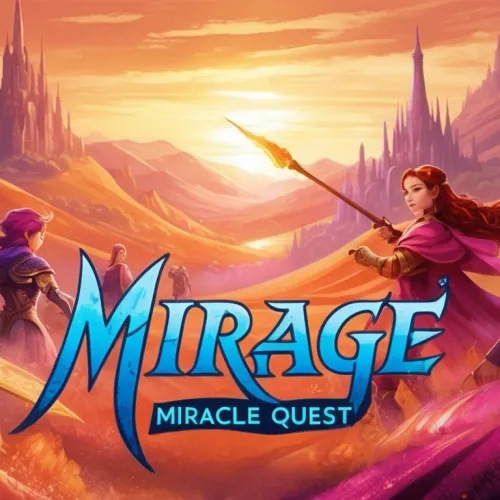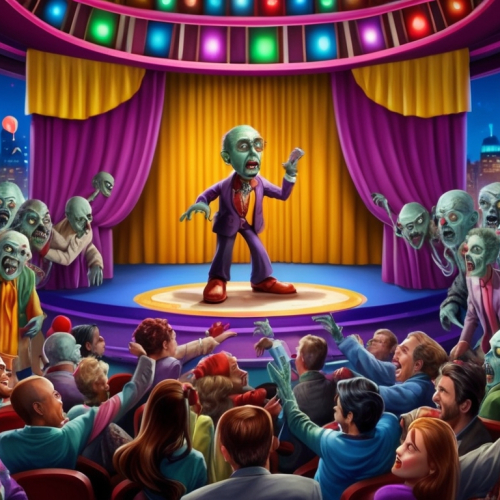Inside Out 2: An Emotional Rollercoaster with Heart
The anticipation surrounding Pixar's "Inside Out 2" was palpable. After experiencing a string of releases that either underwhelmed or bypassed the theatrical route altogether, the studio's decision to revisit the emotionally charged world of Riley's mind was met with both excitement and trepidation. As someone who deeply resonated with the original film, I was eager to see if this sequel could recapture the magic while introducing fresh elements.
The sequel, directed by Kelsey Mann, dives back into the colorful and complex world of emotions that govern Riley's life. This time, Riley is 13 years old, navigating the tumultuous waters of adolescence. The film's introduction immediately establishes that while some things remain familiar, there are new challenges on the horizon. Joy, voiced again by Amy Poehler, believes she has streamlined an efficient system to handle Riley's emotions. The vivid depiction of glass balls containing Riley’s memories and their management provides a visually stunning entry into the film.
A New Age of Emotions
One of the most compelling aspects of "Inside Out 2" is its introduction of new emotions. As Riley enters puberty, additional emotions like Anxiety, Embarrassment, Ennui, and Envy make their debut. Each new emotion brings its unique flavor and complications to the narrative. Anxiety, voiced by Maya Hawke, particularly stands out. Her attempts to reshape Riley's personality to impress a popular hockey player named Val Ortiz create the central conflict.
Joy's struggle to restore Riley's original sense of self amidst this sea of changes is both heartwarming and relatable. The dynamic between the old and new emotions is well-executed, highlighting the internal chaos that often accompanies adolescence. However, some of the new emotions, like Envy and Embarrassment, felt underutilized. They had their moments, but they did not achieve the same level of impact as the original core emotions.
Visual and Emotional Brilliance
Visually, "Inside Out 2" is a feast for the eyes. The animation is as vibrant and imaginative as ever, with each scene meticulously crafted to capture the essence of Riley's inner world. The sequences where Joy and the others traverse different parts of the mind are particularly captivating. From the 'back of the mind' where unwanted memories are stored, to the glowing lake of core beliefs, the film paints a rich, detailed tapestry of the psyche.
Emotionally, the sequel does not stray far from the original's winning formula. The film tackles the pressures and joys of growing up with a blend of humor and poignancy. Riley's journey of self-discovery, her struggles with belonging, and the anxiety of trying to fit in are themes that many can relate to. Mann succeeds in conveying these themes through both the narrative and the visual storytelling, making the film a multi-layered experience.
A Strong Yet Predictable Narrative
The storyline of "Inside Out 2" is strong, though somewhat predictable. The premise of Riley losing herself to Anxiety's influence and Joy's quest to bring her back is straightforward but effective. The film provides a clear roadmap of emotional growth and understanding. As Riley tries to gain Val's approval, she loses sight of her true friends and her authentic self.
This predictable narrative arc might be seen as a downside by some, but for me, it offered a comforting sense of familiarity. The film's focus on self-acceptance and the importance of genuine connections is a timeless message. It's a reminder that resonates across all ages, making "Inside Out 2" not just a story for teenagers but for anyone who has ever struggled with their sense of identity.
The Humor and Heart of Inside Out 2
Humor plays a significant role in the film, providing much-needed levity amidst the more serious themes. The new jokes are clever and well-timed, ranging from a "Blue’s Clues"-inspired nightmare character to a scene in Imagination Land that humorously nods to “Nineteen Eighty-Four”. These moments add a layer of fun that balances the emotional weight of the narrative.
The humor also extends to the interactions between the emotions themselves. Anger, Sadness, Fear, and Disgust retain their distinct personalities and quirks, adding a familiar charm to the story. The new emotions bring their own comedic flair, though some, like Ennui, have a tendency to overstay their welcome. Overall, the humor enriches the narrative without overshadowing the emotional core.
A Subtle Critique on Diversity
One aspect where the film falls short is in its portrayal of diversity. Riley's best friends, Grace and Bree, are people of color who play instrumental roles in Riley's personal growth. However, their characters feel underdeveloped and somewhat tokenistic. The narrative primarily focuses on Riley's journey, with her friends’ experiences and perspectives appearing secondary.
This portrayal could have been more balanced, providing a deeper exploration of Grace and Bree's characters and their own challenges. While it's commendable that the film includes diverse characters, their roles as mere props in Riley's story highlight a missed opportunity to tell a more inclusive and rich narrative. This aspect left me yearning for a broader viewpoint that could have added more depth to the story.
Voice Acting Excellence
The voice acting in "Inside Out 2" is superb. Amy Poehler, Phyllis Smith, Lewis Black, Tony Hale, and Liza Lapira return to deliver performances that are as engaging as ever. Their familiarity with the characters shines through, bringing authenticity and warmth to their roles. Maya Hawke’s Anxiety adds a new dynamic, capturing the tension and overzealous protectiveness of her character perfectly.
The casting choices for the new emotions are spot-on, with each voice actor providing a unique tone and personality. Paul Walter Hauser, Adèle Exarchopoulos, and Ayo Edebiri bring Embarrassment, Ennui, and Envy to life in ways that complement the established emotional ensemble. Despite some of these characters having limited screen time, the voice performances ensure they make a memorable impact.
The Soundtrack and Musical Score
Music has always been a significant aspect of Pixar films, and "Inside Out 2" is no exception. The soundtrack, composed by Michael Giacchino, complements the film's emotional beats beautifully. The score weaves seamlessly through the highs and lows of Riley's journey, enhancing the narrative without overshadowing it.
From the uplifting themes that accompany Joy's moments to the more somber melodies during Riley's struggles, Giacchino's music adds depth and resonance to the storyline. The soundtrack serves as an emotional guide, subtly nudging the audience to feel the intended emotions through its masterful orchestration. It's a remarkable addition that elevates the overall viewing experience.
Overall Impressions
"Inside Out 2" is a worthy successor to the original film. While it may not reach the pinnacle of its predecessor, it delivers a touching, visually stunning, and heartwarming narrative. The film balances humor and emotion adeptly, creating an engaging experience that resonates with audiences of all ages.
The storyline, though predictable, is impactful in its exploration of self-acceptance and the trials of adolescence. The new emotions add fresh dynamics, even if some are not as fully fleshed out as others. Despite minor shortcomings, the film's core message and emotional resonance make it a delightful and meaningful journey.
Conclusion
In conclusion, "Inside Out 2" offers a nostalgic yet fresh adventure into the complexities of Riley's mind. It captures the essence of growing up with grace, humor, and an array of emotions that many can relate to. While it may tread familiar ground, it does so with an earnestness and creativity that few films manage to achieve.
For anyone who loved the first film, "Inside Out 2" provides a satisfying continuation of Riley's story. It reminds us all of the importance of self-discovery, the value of genuine friendships, and the joy of embracing who we truly are. It's a film that, despite its predictability, resonates deeply and leaves a lasting emotional impact. A must-watch for fans of Pixar’s unique brand of storytelling.
